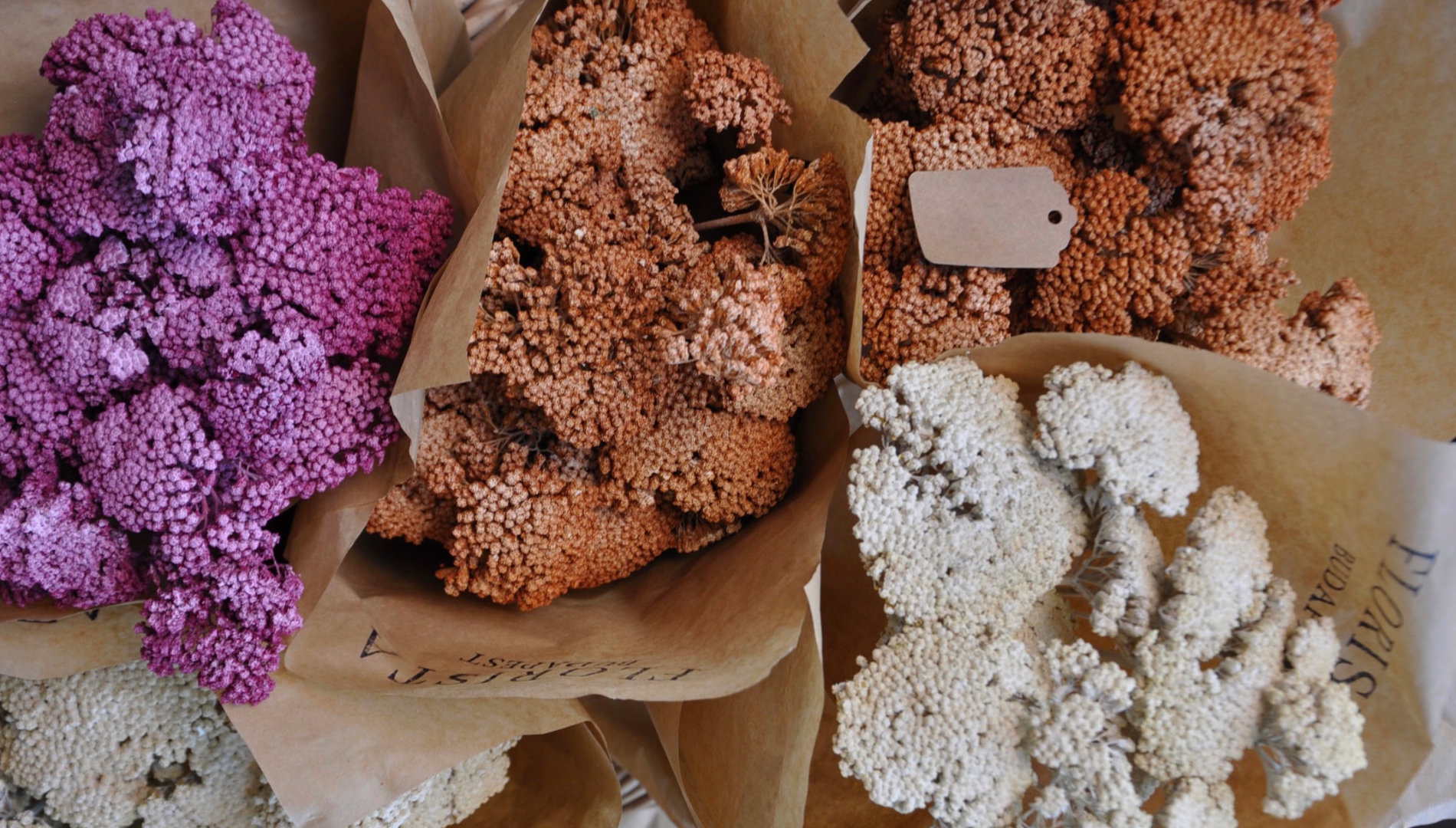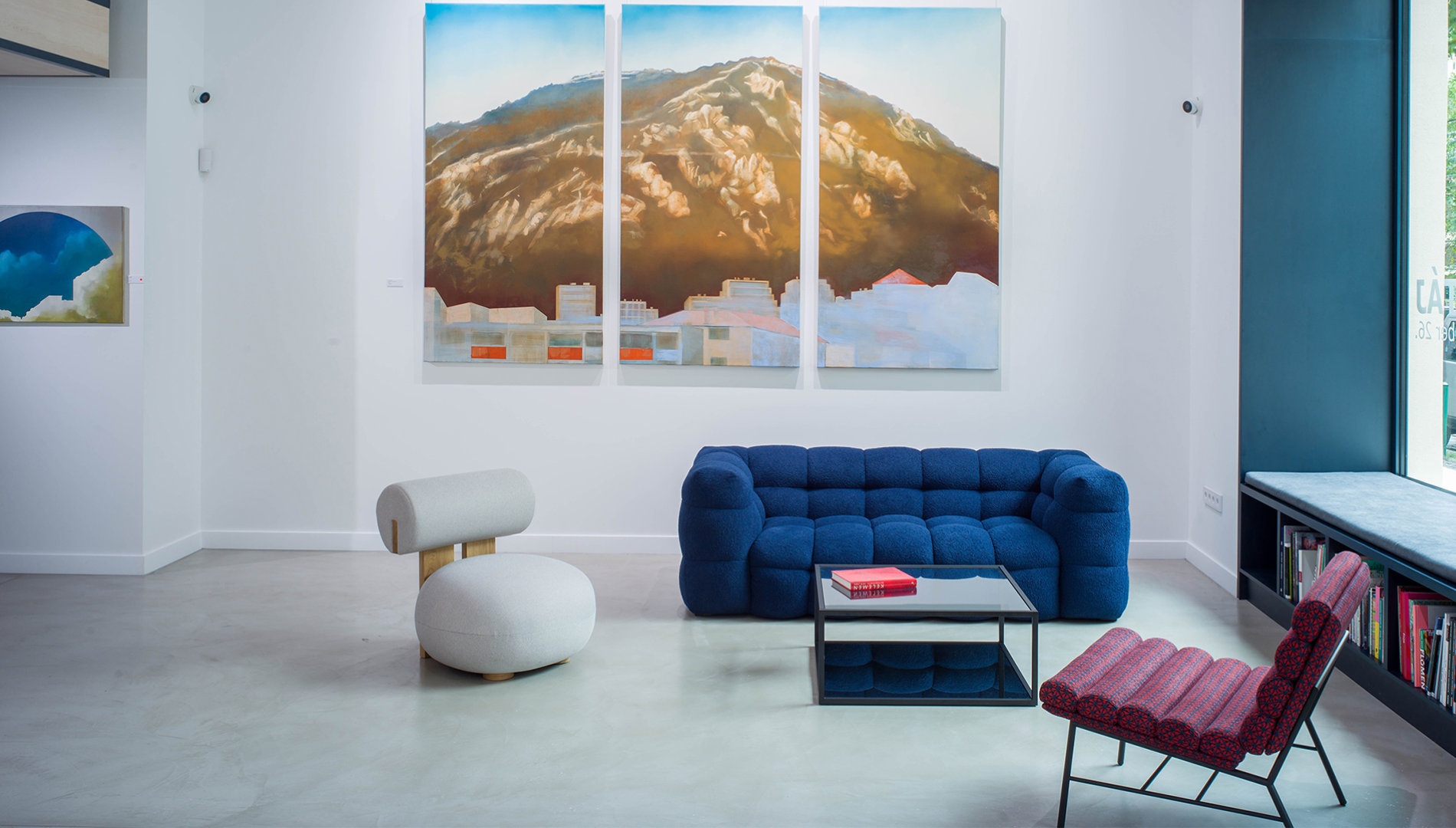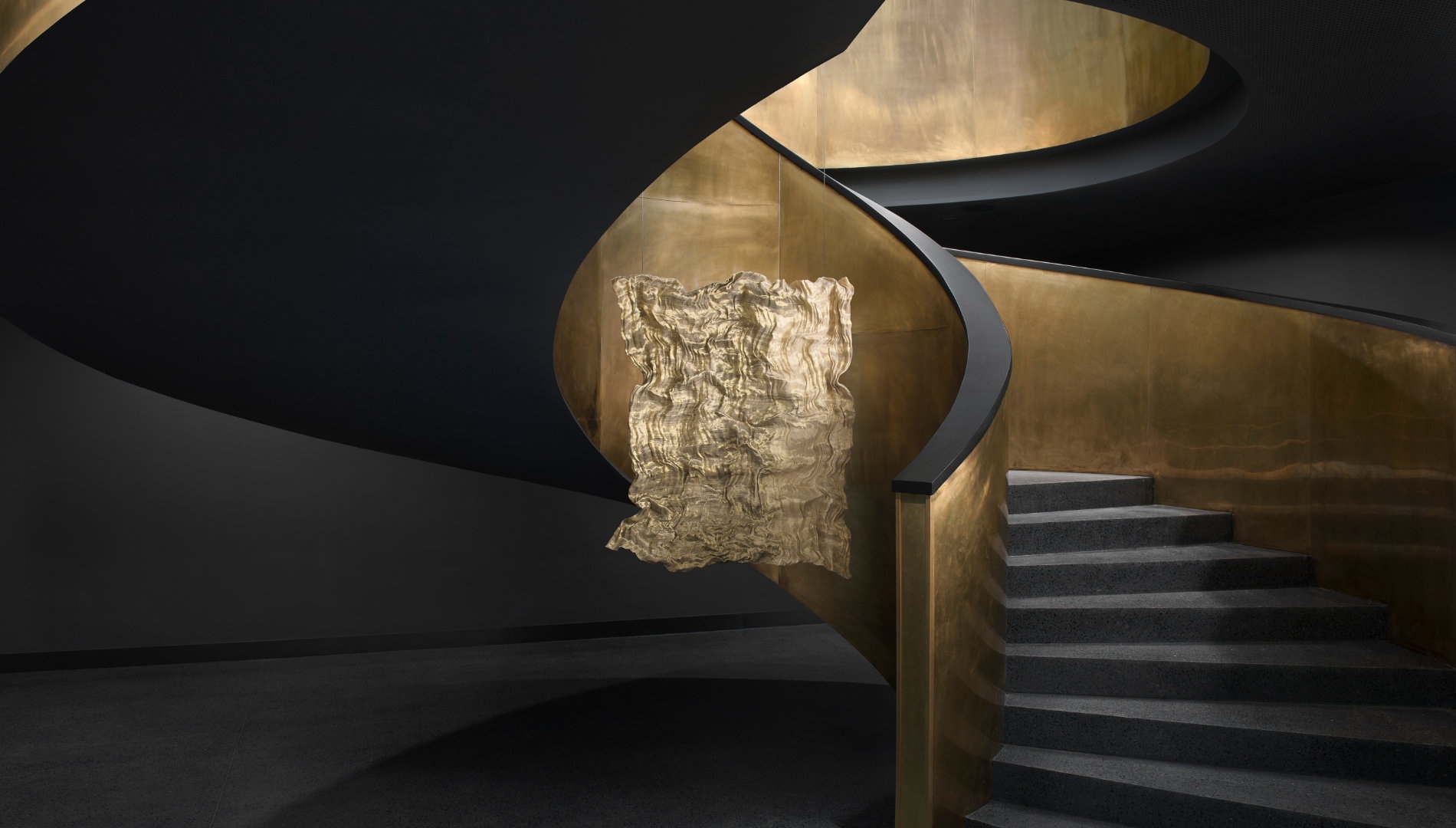
The center of contemporary carpet design
Choose high quality, unique carpets and home textiles from professional Hungarian textile artists!
The mission of SZETT, the Society of Carpet Designers, is to strengthen the unique world of contemporary Hungarian carpet design. Its members are dedicated to representing the diversity, beauty and innovative achievements of carpet design, but their repertoire also includes other home textile accessories - rugs, printed and woven bed linens - and acoustic solutions. In their studio they regularly organize professional presentations, workshops and lectures, and one of the highlights of their multifaceted activities is the RUG ART FEST.
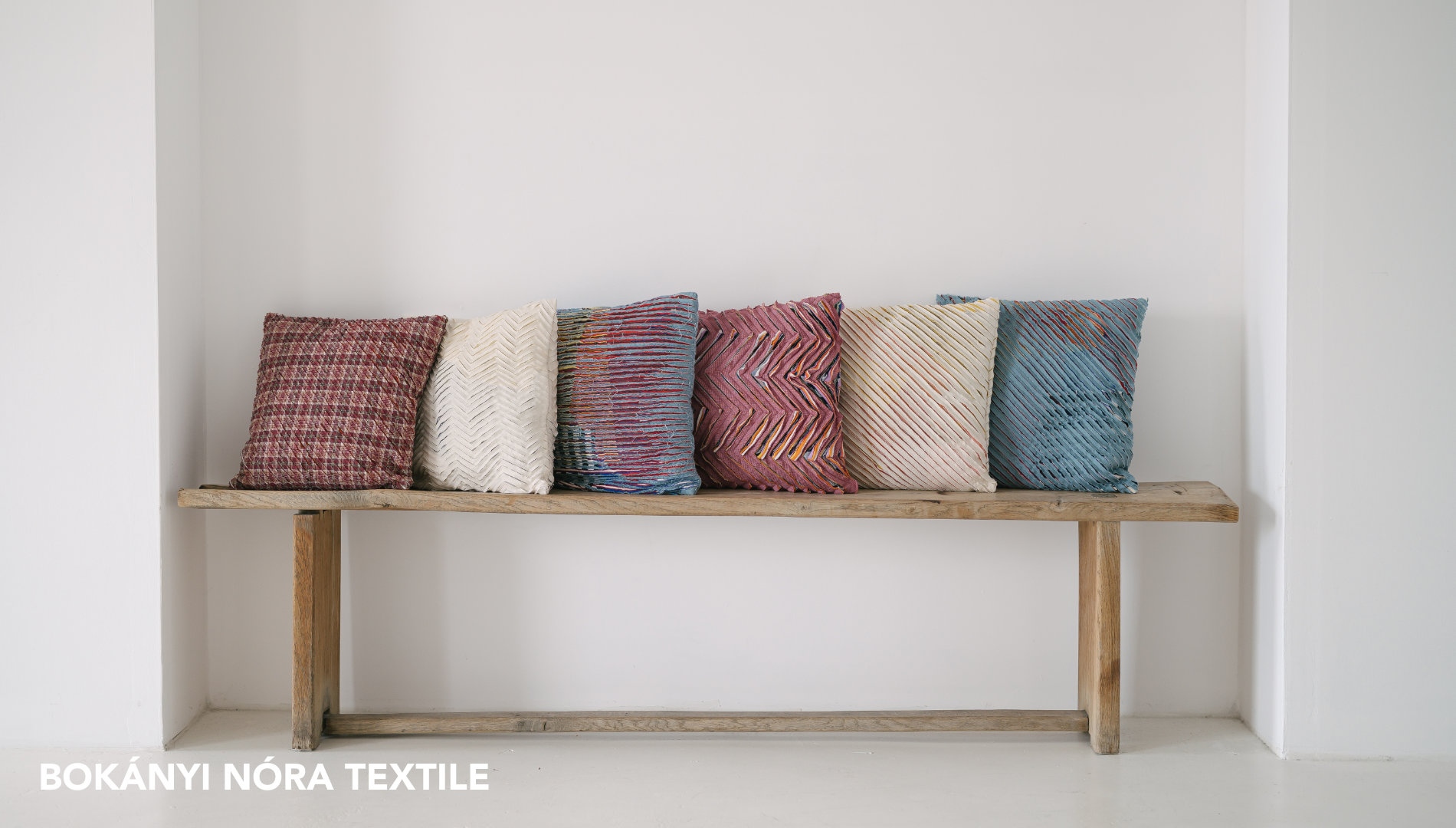
The 5th edition of RUG ART FEST Contemporary Carpet Designers’ Meeting will focus on the creative textiles of SZETT designers, which will be presented to the visitors of S/ALON BUDAPEST as well. They can get to know the designers and the versatility of textiles through the woven, knotted, hand-tufted, felted, fiber-dyed, modular, structural and sustainable products on show.
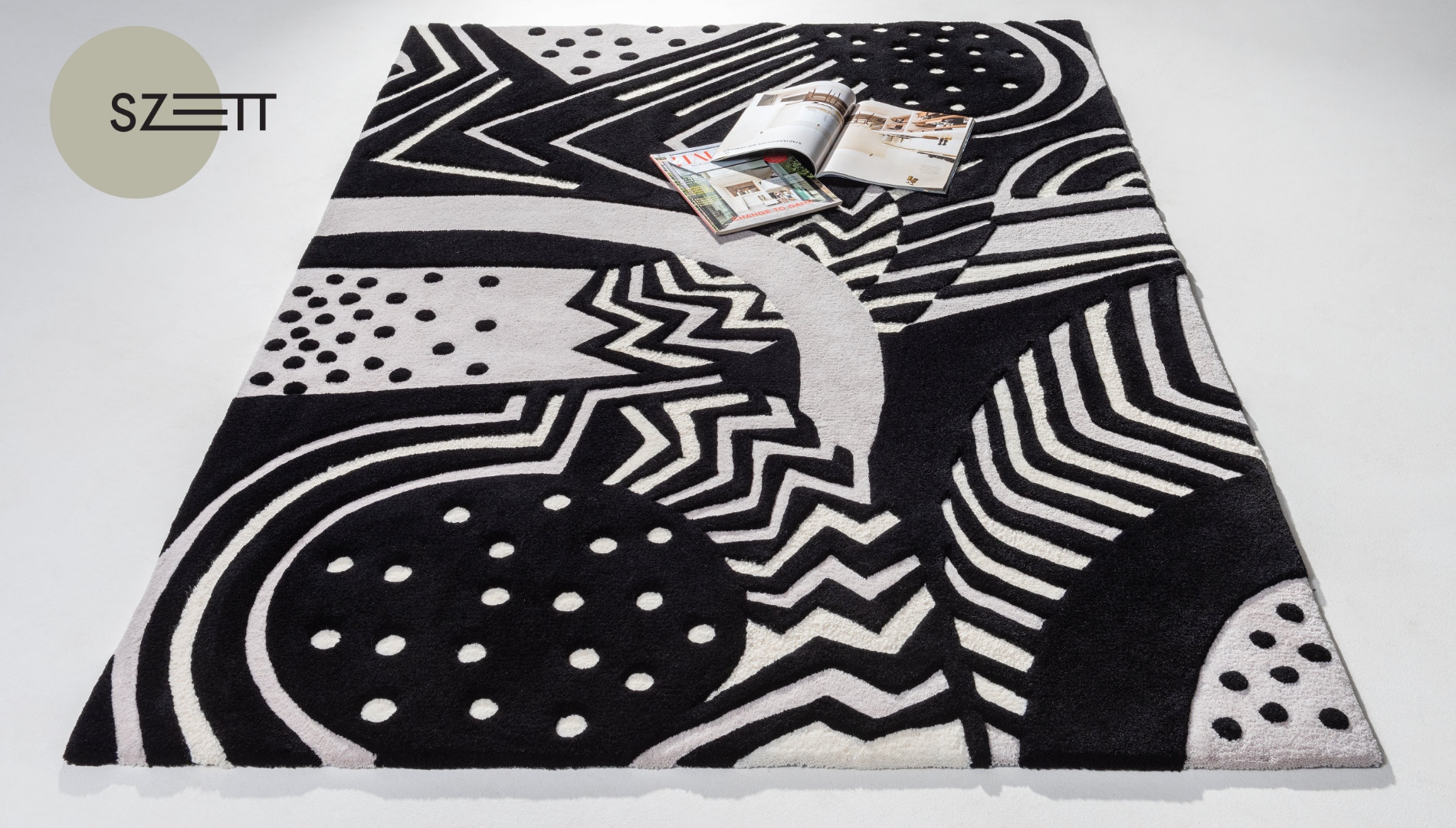
We talked to the president of SZETT, the curator and main organizer of RUG ART FEST, Gabi V. Lőrincz, about the initiative, the Hungarian textile design heritage and the work of outstanding carpet designers.
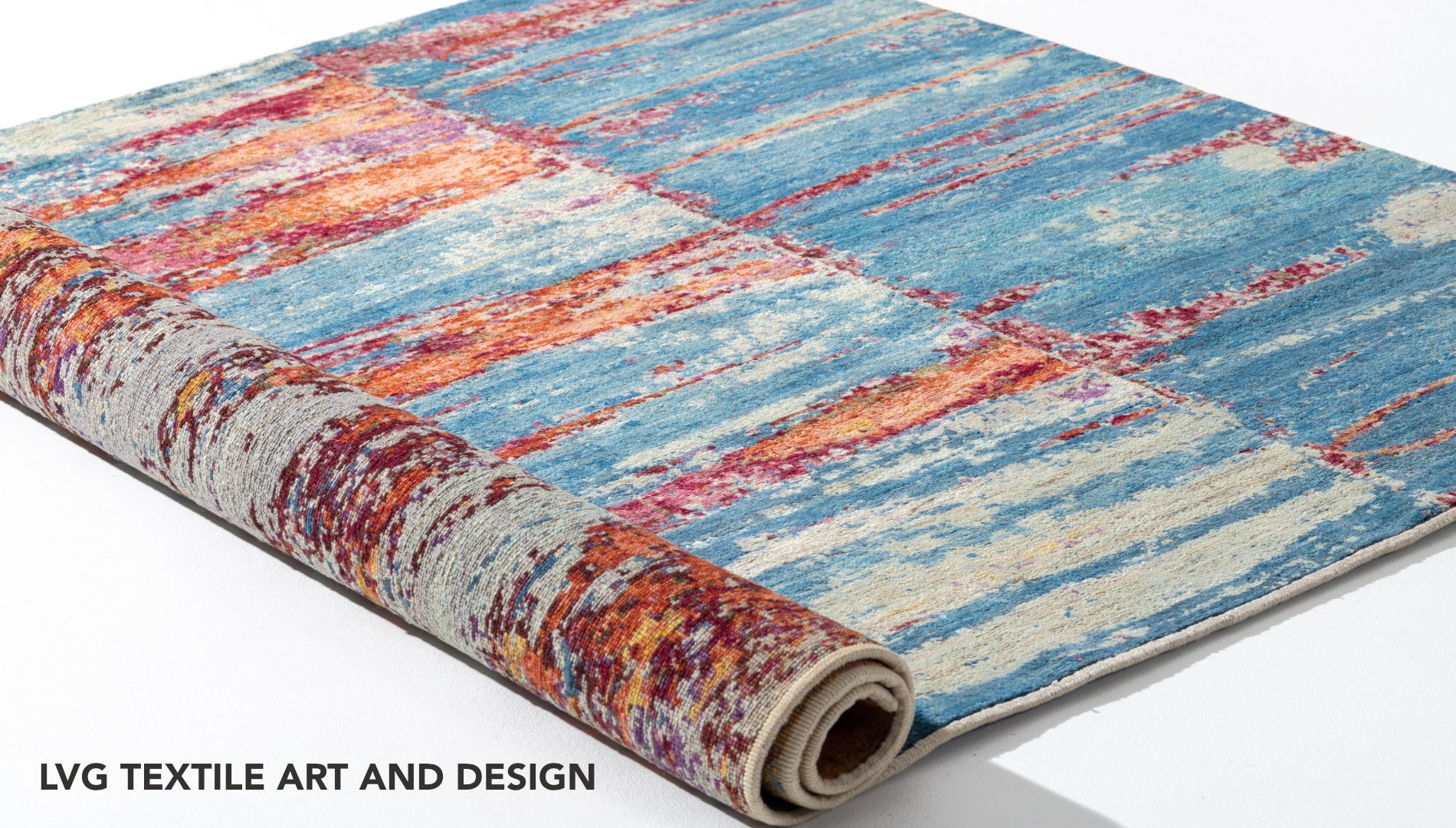
What was the background that led you to found SZETT and launch the Rug Art Fest?
Before the change of regime, carpet production was great, and there was an amazing market for Hungarian carpets - even internationally. Just think of Eva Németh, who was one of the most successful Hungarian designers in the 70s and 80s, as an outstanding figure of modern textile art and industrial design! Unfortunately, in the 20 years following the fall of communism, not only the factories and the equipment, but also the profession itself became amortized: the production units closed down, there was no replacement, no university education in this special field. A few designers remained on the market, but it was important for us to keep our profession alive, so we decided to join forces to save it. Although the professional work was continuous in the background, it had negligible visibility in the wider sense, so in 2017 we set up SZETT to give the operation a framework.
Carpet is a beautiful, inexhaustible field of textile design.
It’s a profession that, if you do it well, you can make a living out of. Despite this, this branch of textile art has not been well known or taken up. With SZETT - and especially Rug Art Fest - we have managed to create a curated and spectacular front for rug design, similar to fashion shows, and thus reach a wider audience. We have attracted more and more young designers, developed professional development programmes, and established and strengthened links with rug makers.
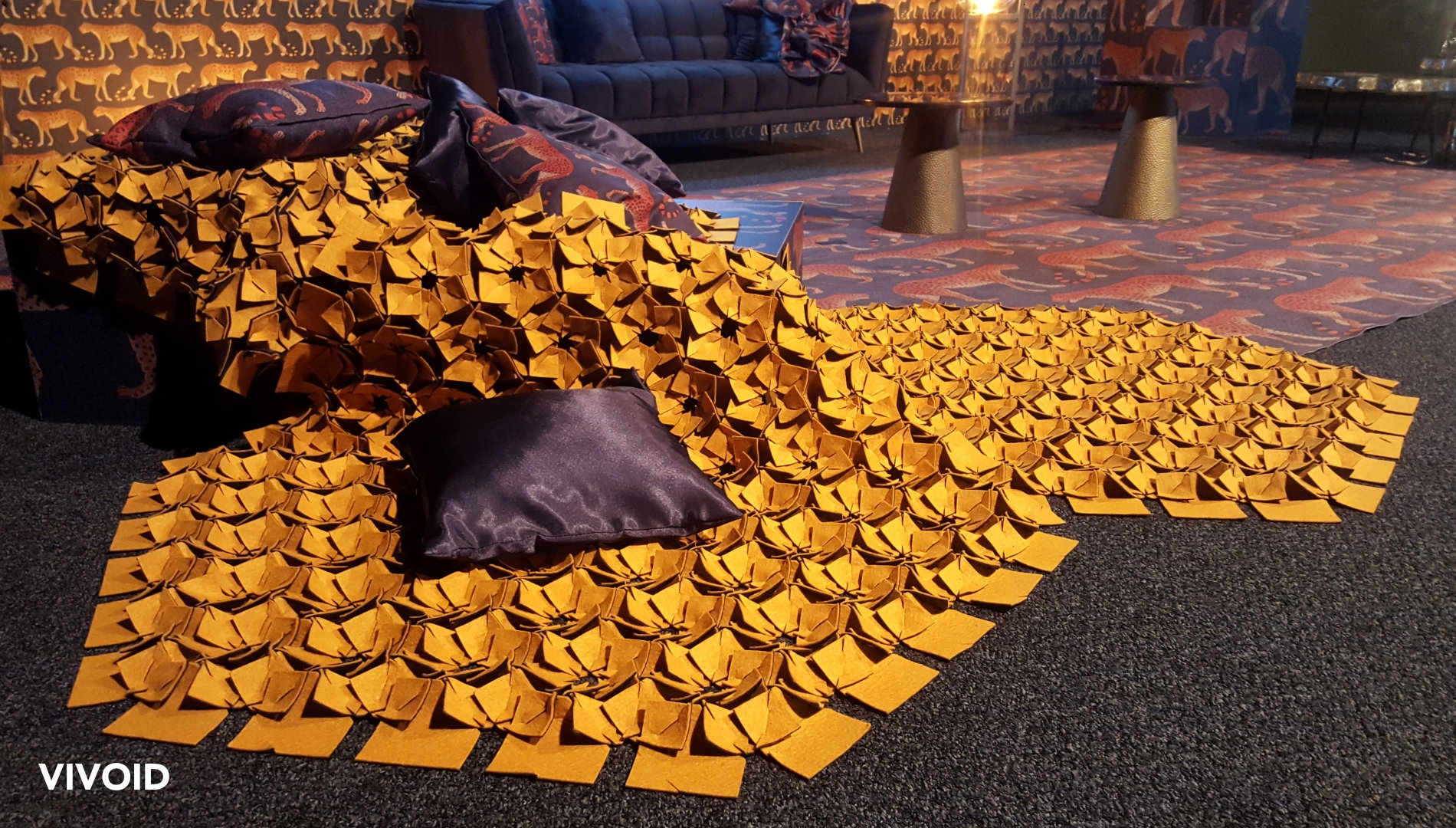
Between the regime change and 2016, hardly any domestically designed carpets were made in Hungary, let alone in mass production. Carpets made with hand tufting technology were typically custom-made and made to order. Recently, the Békésszentandrás plant has also closed down, and now there are closer manufacturing partnerships in places such as Örkény, Dévaványa and Kőszeg. Under our RUG ART LAB programme, designers can choose which factory to cooperate with in a given year, be it a weaving mill or a felt factory. As a result of these stronger links, we have noticed that more and more people are getting back into carpet design.
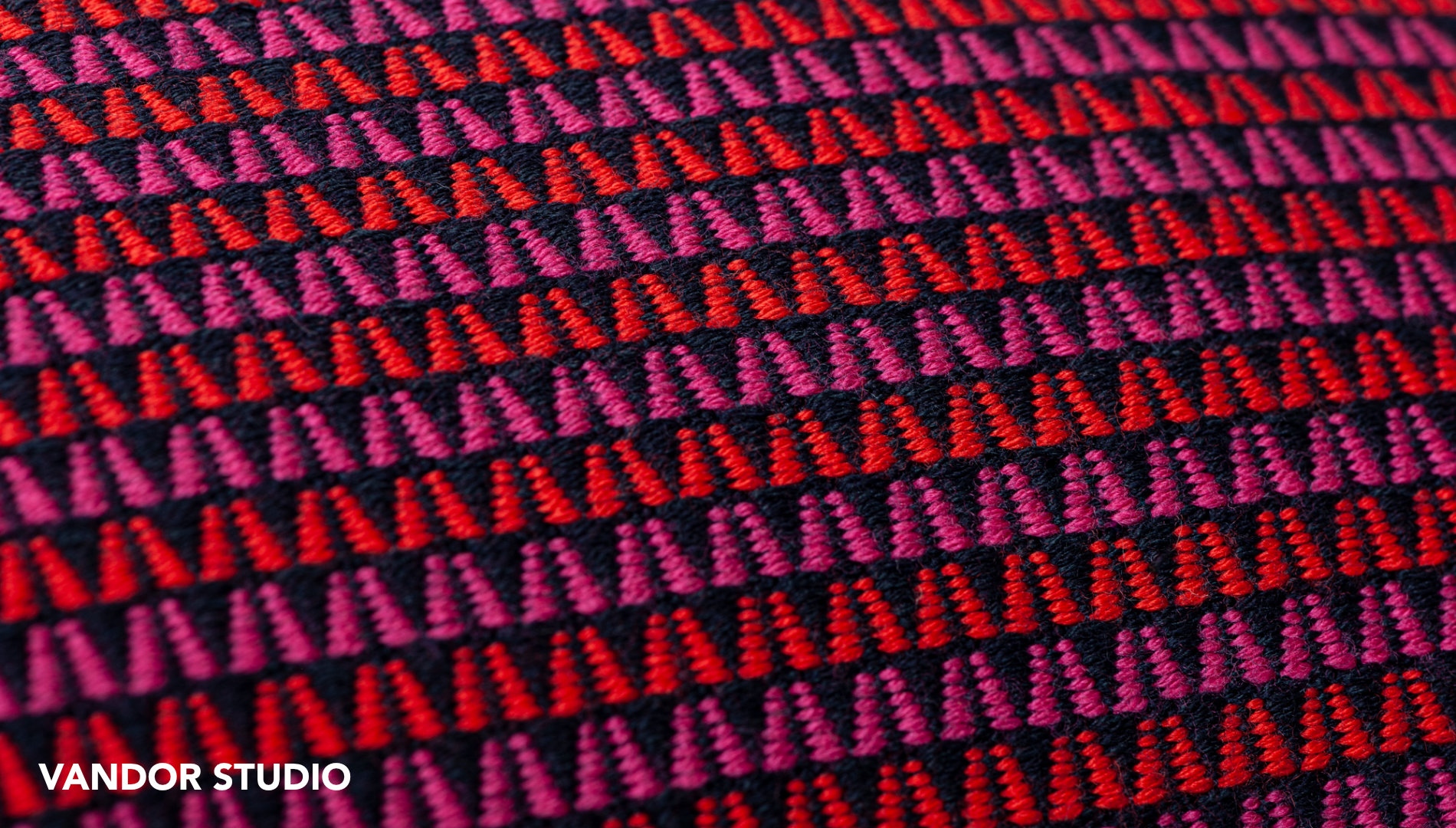
What technologies do you work with?
Since 2017, we have been developing a felt carpet type with a unique pattern, which is exceptional not only in Hungary but also internationally. The pattern is placed on a wool base and felted not by hand, but under industrial conditions, which has the advantage of reducing the amount of work and producing a more durable product.
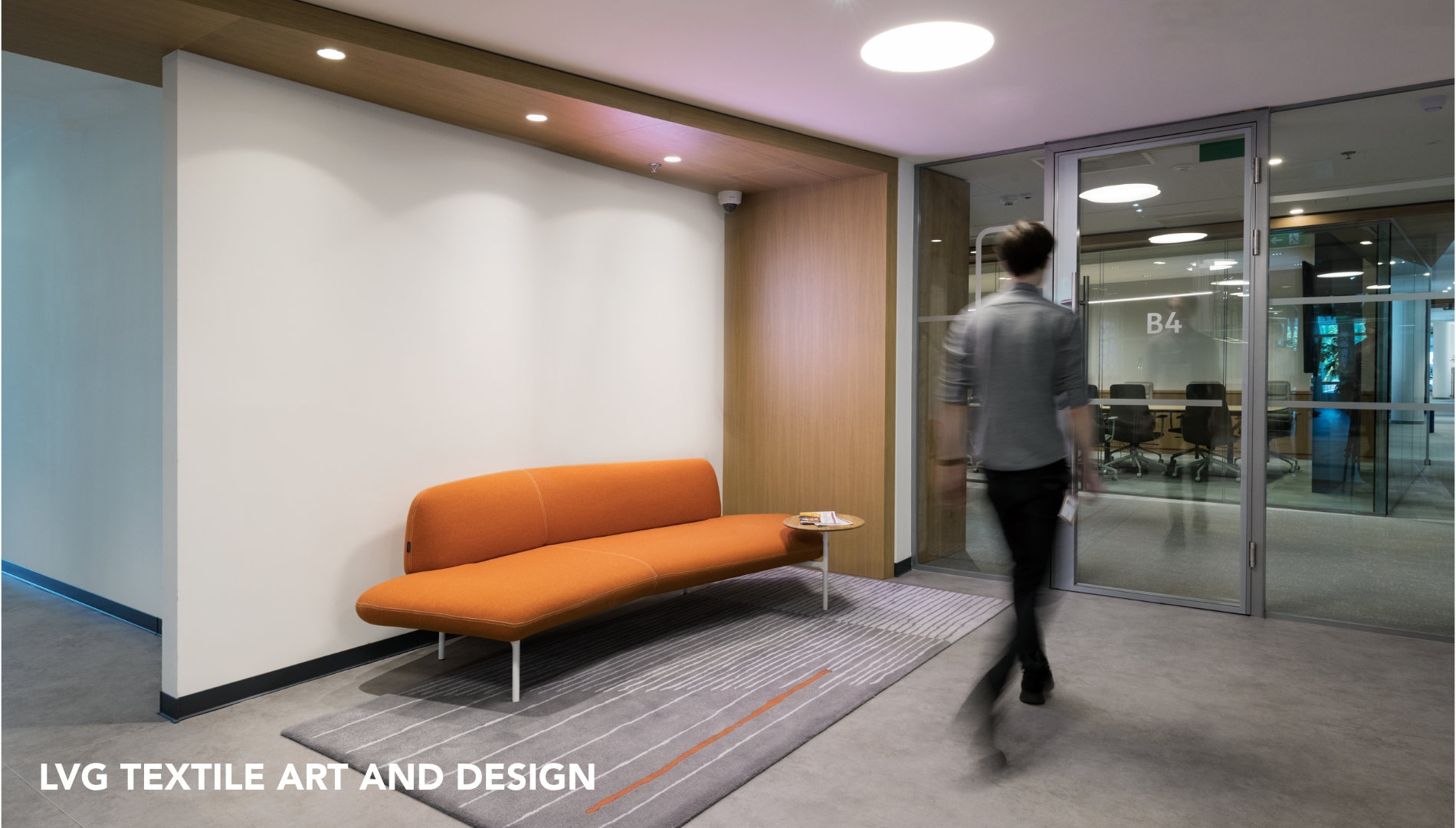
Fiber printing is not available in Hungary at the moment, but we can produce them abroad. In Europe, this technology is available in Belgium and Germany, we are in contact with a Belgian company. This type of carpet is mainly suitable for public buildings and heavy-duty areas, as the fiber is dyed by the machine, so it is durable and does not wear out, and it is also suitable for designing wool and synthetic surfaces. I have also designed for residential applications using this technology.
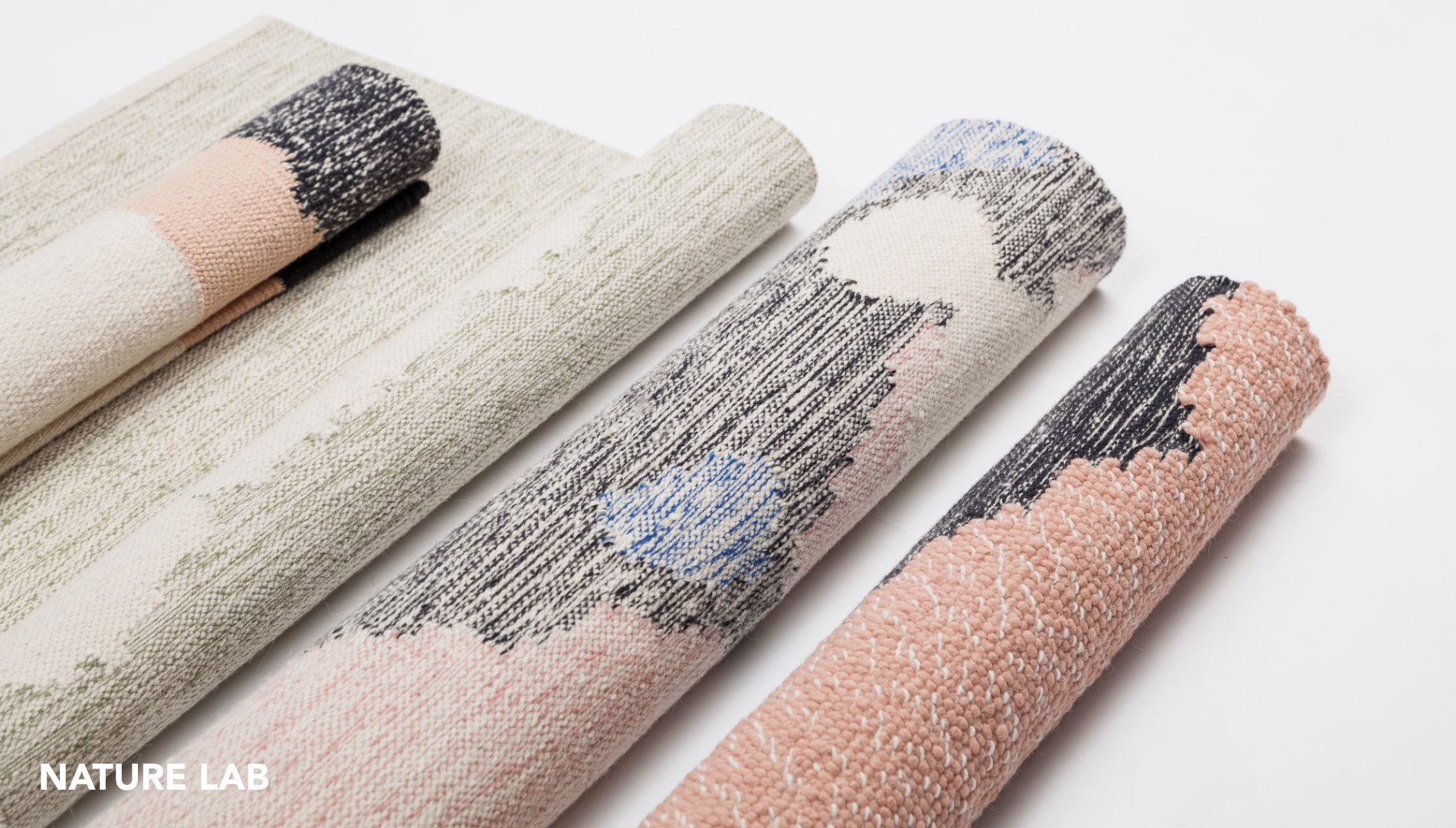
Structure design is a fresh, twenty-first century technology that uses different elements to build up a carpet or wall textile. The result is acoustically stunning, but also first class in terms of sustainability and insulation.

We also focus on recycling and sustainable design. My new development is a carpet woven from felt ends. These are typically discarded during production, yet they can be woven into beautiful structures.
Just this year, I have designed a large collection using it, the prototype of which will be presented at S/ALON BUDAPEST as a novelty.
What successes would you highlight from recent years?
Since our inception, our work together has been fruitful, with countless good moments and new ideas coming to light. In 2019, we received a Design Management Commendation from the Design Council, which is a positive overall feedback on our work so far.
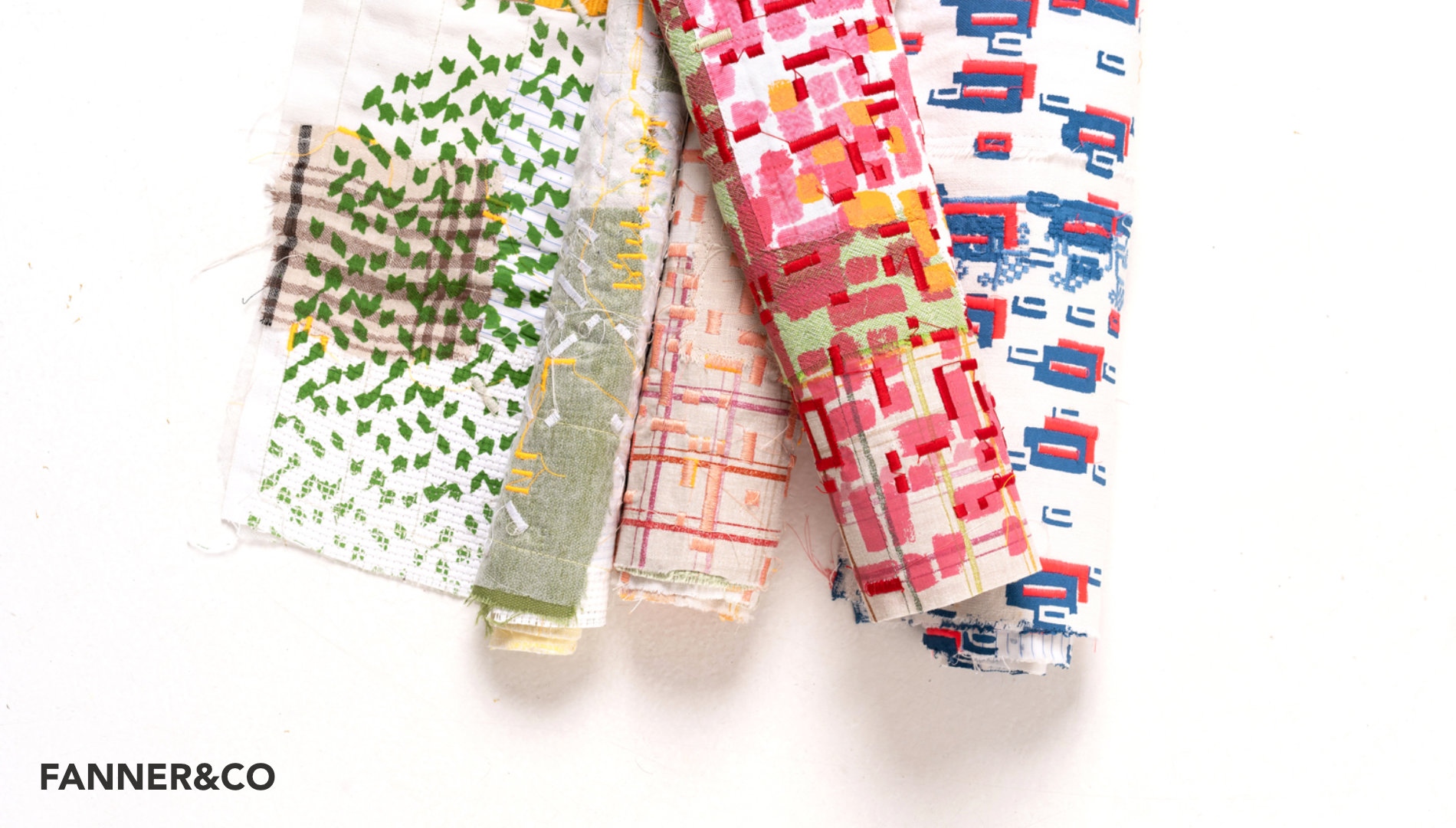
We have many designers who started their careers with us. I’m proud that we have more and more designers who are widely noticed, getting grants, being successful and free to create. Everybody has their own style, so it’s a very colorful and varied palette. Ornamental, traditional, structural directions can all go together, as can multicolor, monochrome, raw, pastel and other lines.
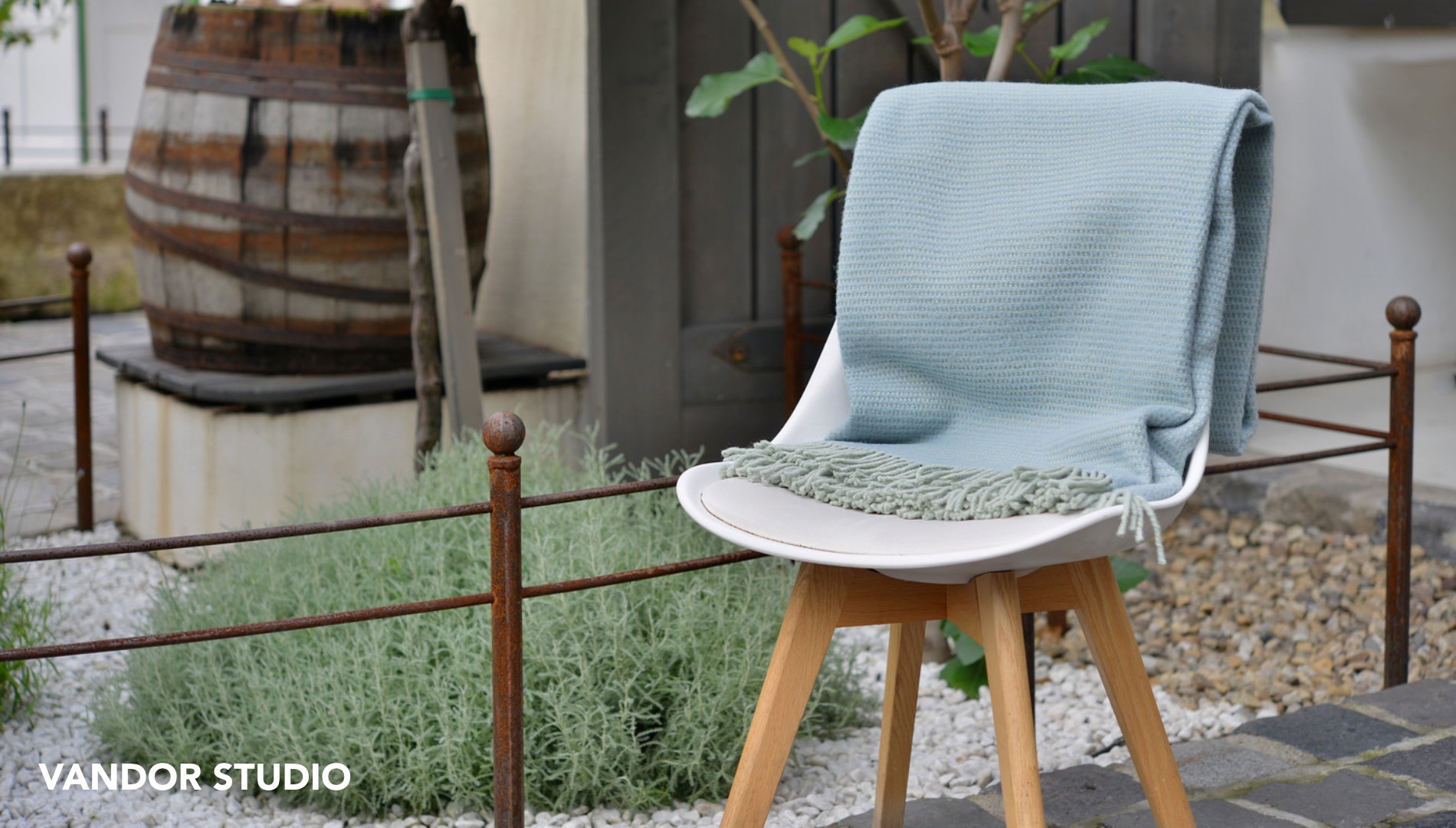
Which designers and brands can visitors of S/ALON BUDAPEST see?
For example, MMA fellow Nóri Bakányi does a fantastic job of processing discarded textiles, using a special technique - layering, taping and then cutting, creating a truly mesmerizing ribbed structure. The way the layers peek out from underneath each other is captivating.
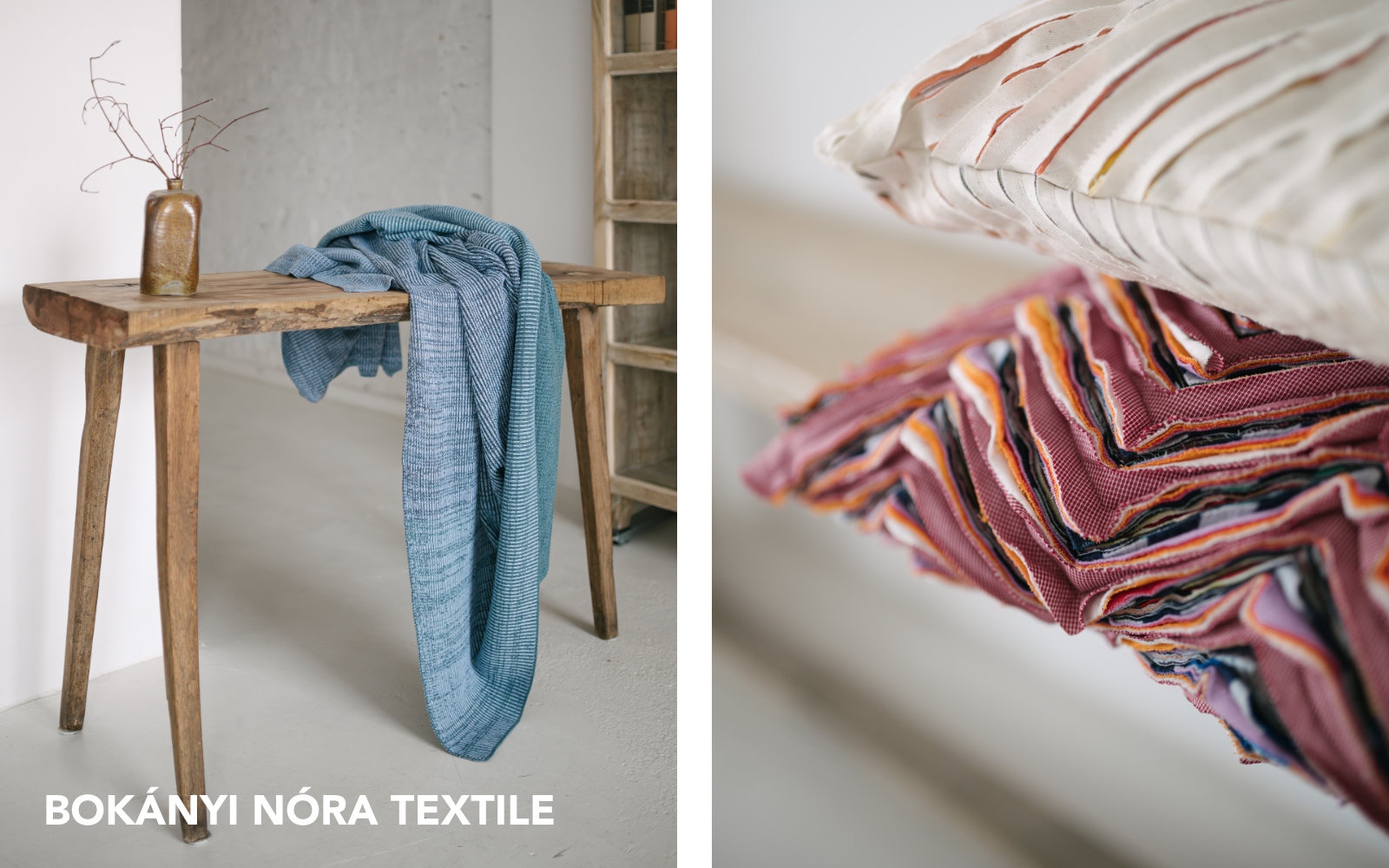
Móni Kovács, the founder of KOMONKA, has created a unique design world. She weaves with metallic threads, but also designs jacquard fabrics, and visitors to S/ALON BUDAPEST can admire both at the event.
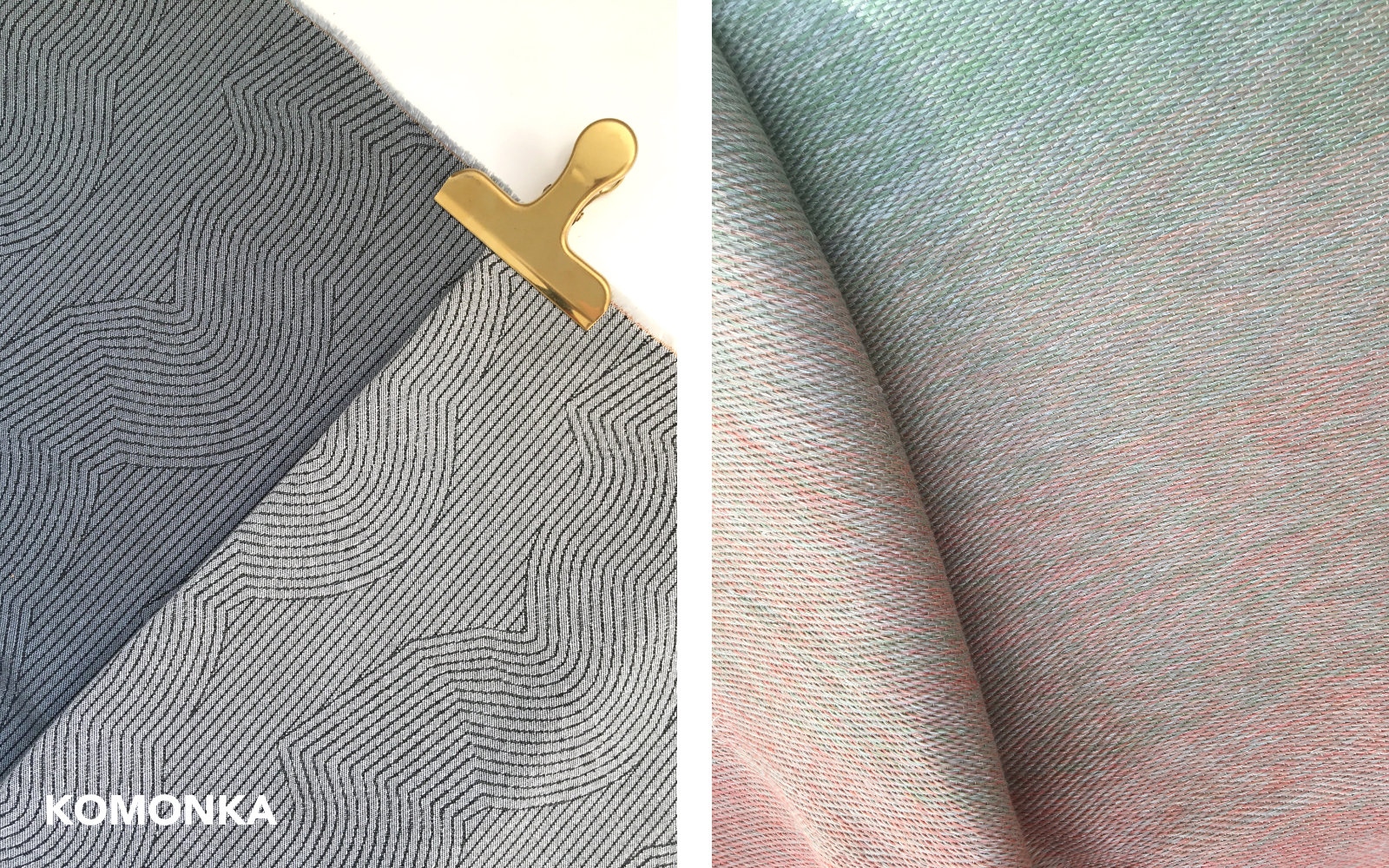
Lili Veszprémi Veres (Nature Lab), who will bring her beautiful carpets to the event, is receiving a scholarship for the third time. She uses natural materials (wool, cotton, linen) in an experimental and open-minded way.
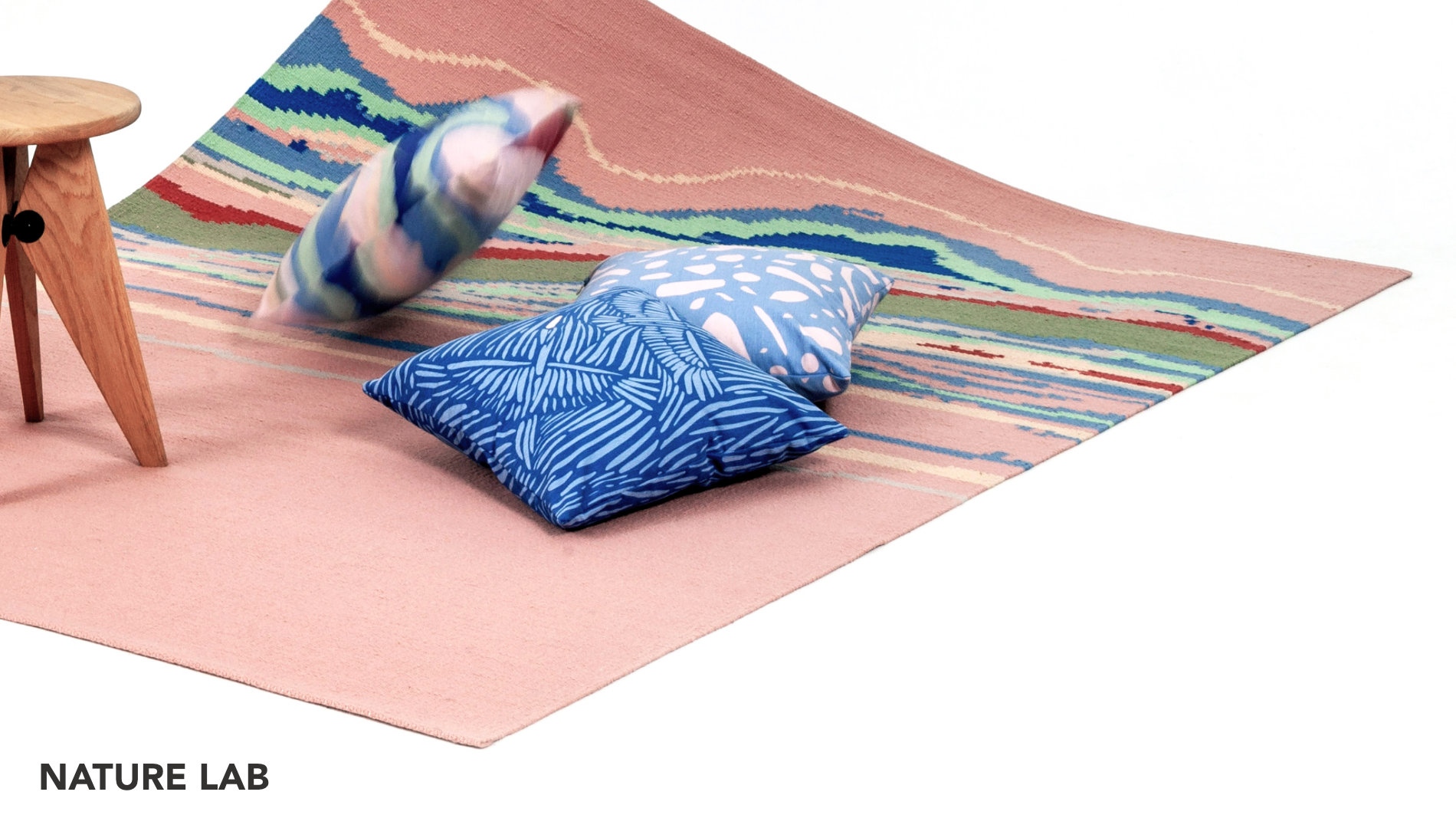
Felt artist Vanda Róbert is helping the team with her professional expertise in felt projects, mainly done by hand, but she is also skilled in industrial felting.
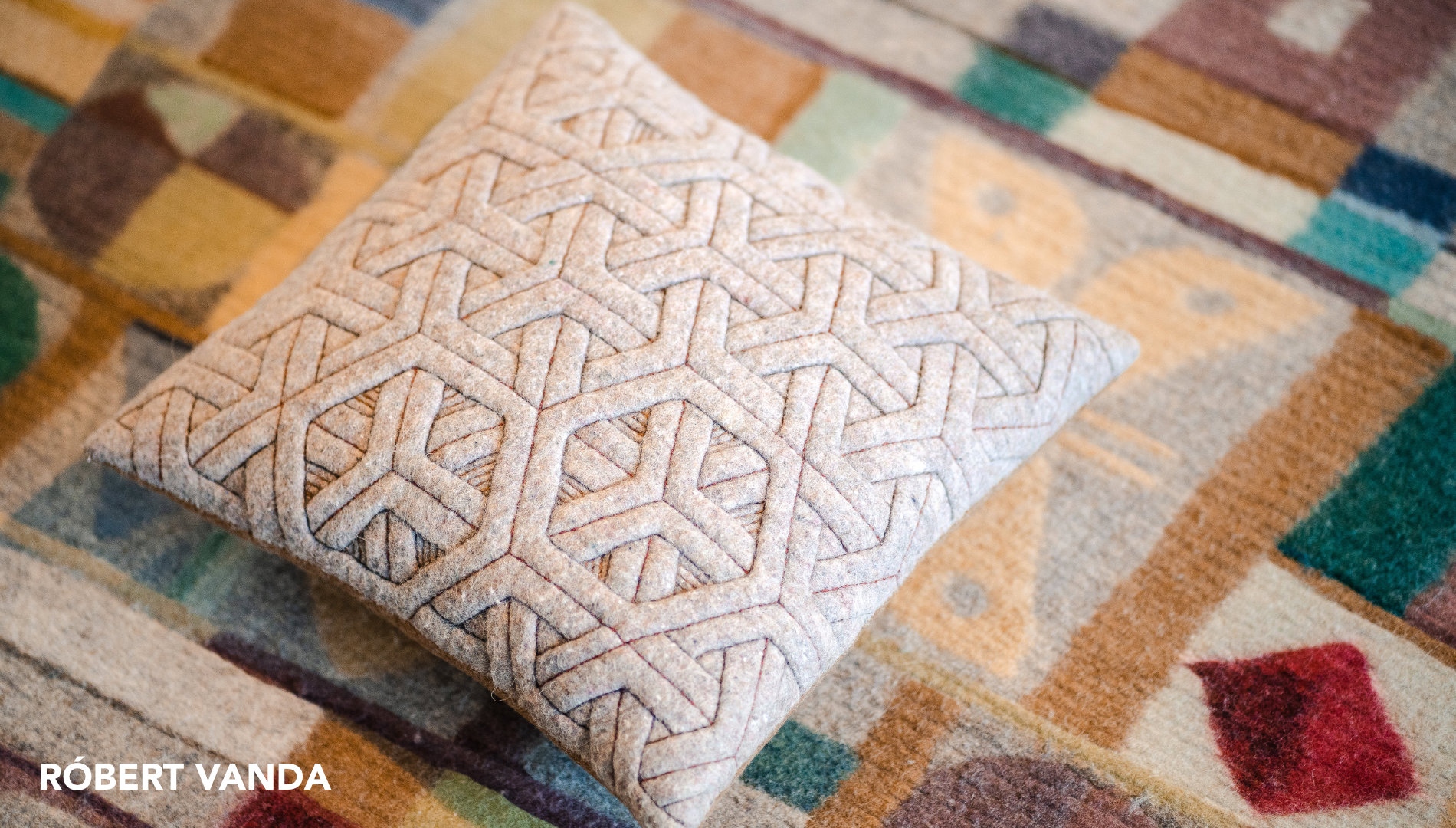
Eszter Révész (Dreaming Threads) also represents a very special world, and we are proud to have her on our team. Her rugs and home textiles combine traditional Hungarian folk motifs with contemporary design.
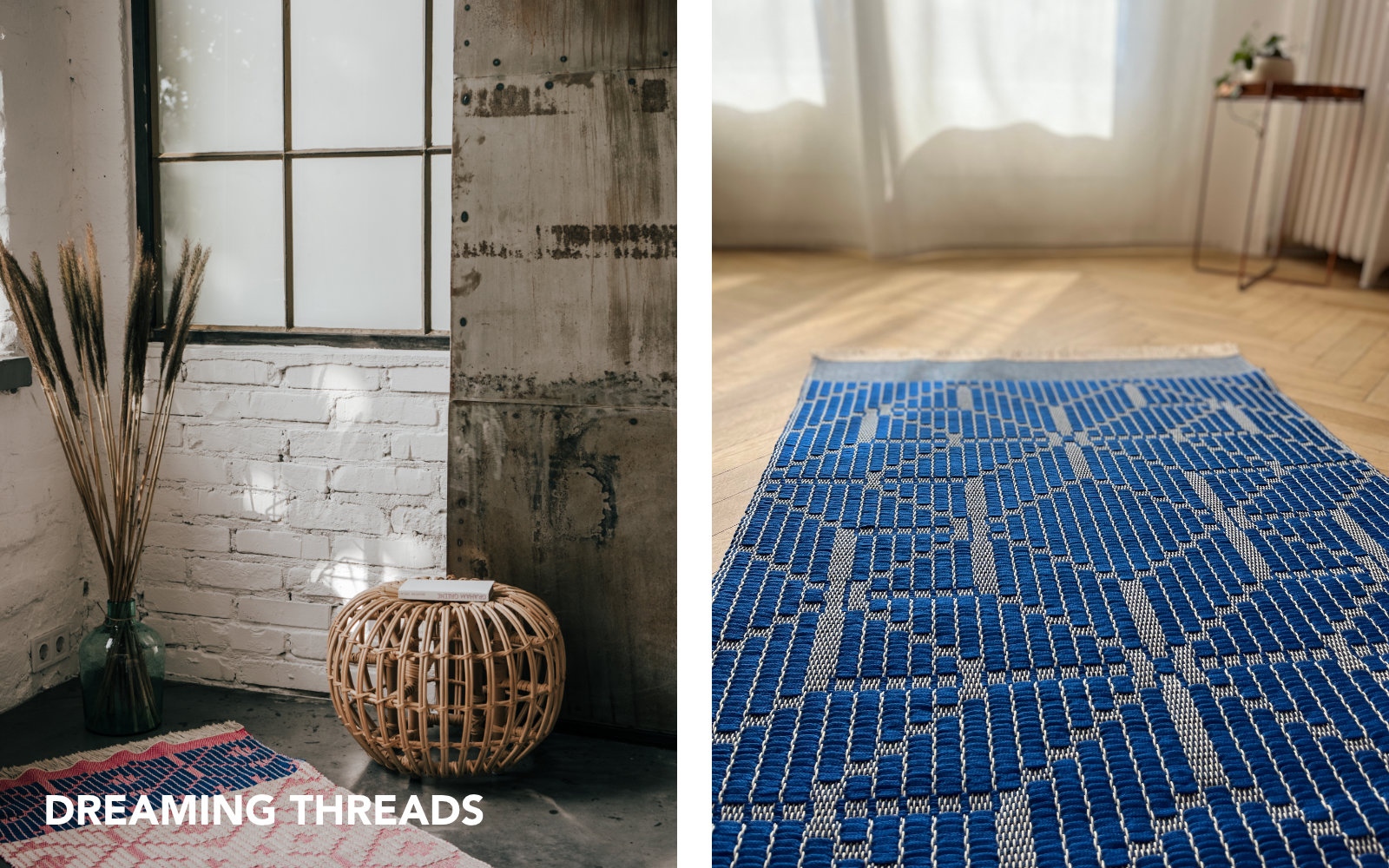
The FANNER&Co brand was created by Fanni Tóth out of personal motivation. In textile design, she focuses on sustainability and uses embroidery to recreate used family textiles in a unique way, creating cushions from textiles that are no longer used but are treasured. She beautifully applies the folk techniques of lace weaving and piecing. This is inherently made with thin threads, but Fanni uses thick, coloured threads. Her novelty is the bed linen design, offering an alternative to the lack of aesthetics and custom sizes in the bed linen cover supply.
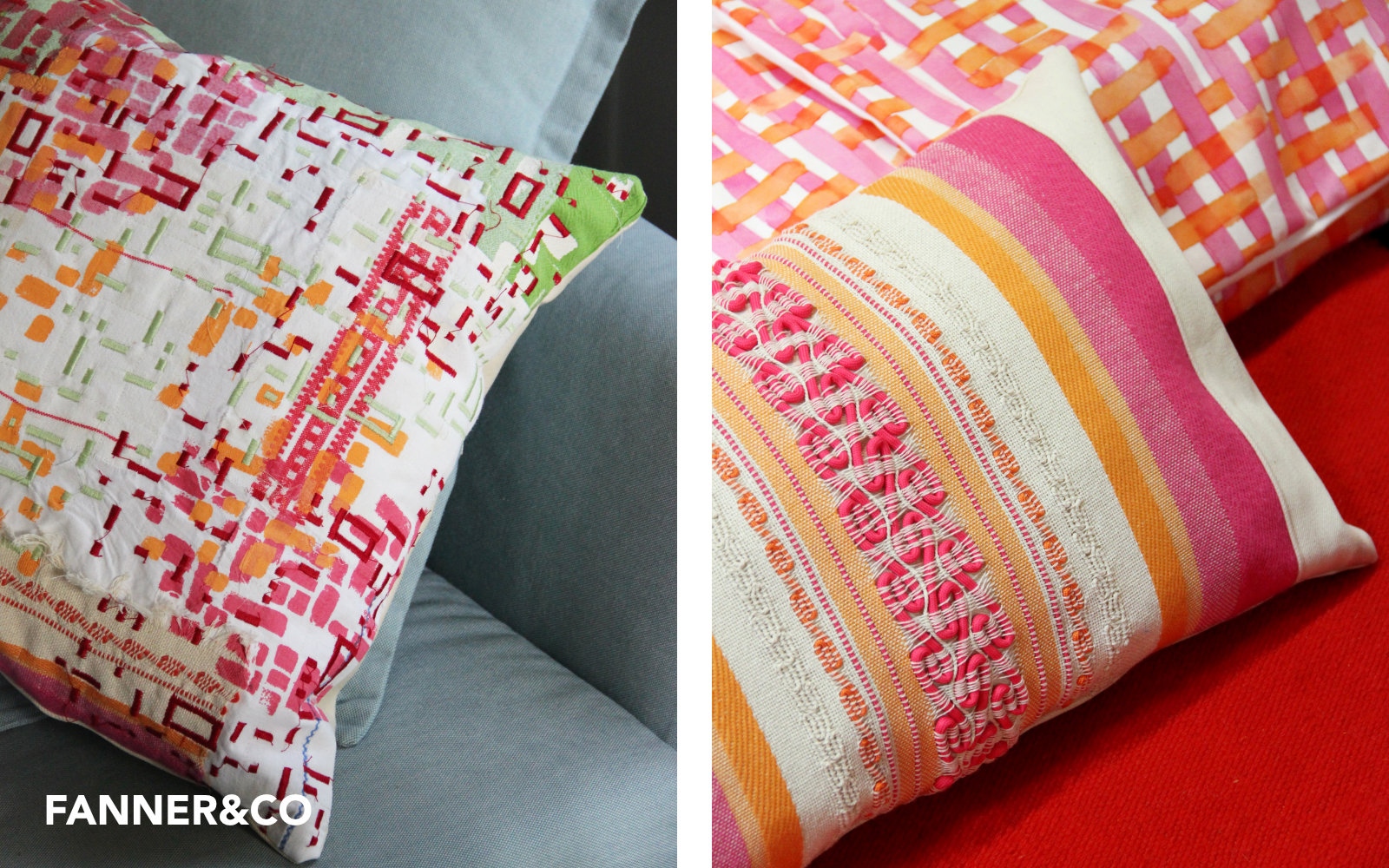
Zsana Kalácska’s brand, VIVOID, produces acoustic wall coverings, tapestries, wall panels and other design elements - structures formed using modular techniques. Her primary raw material is natural, living wool felt.
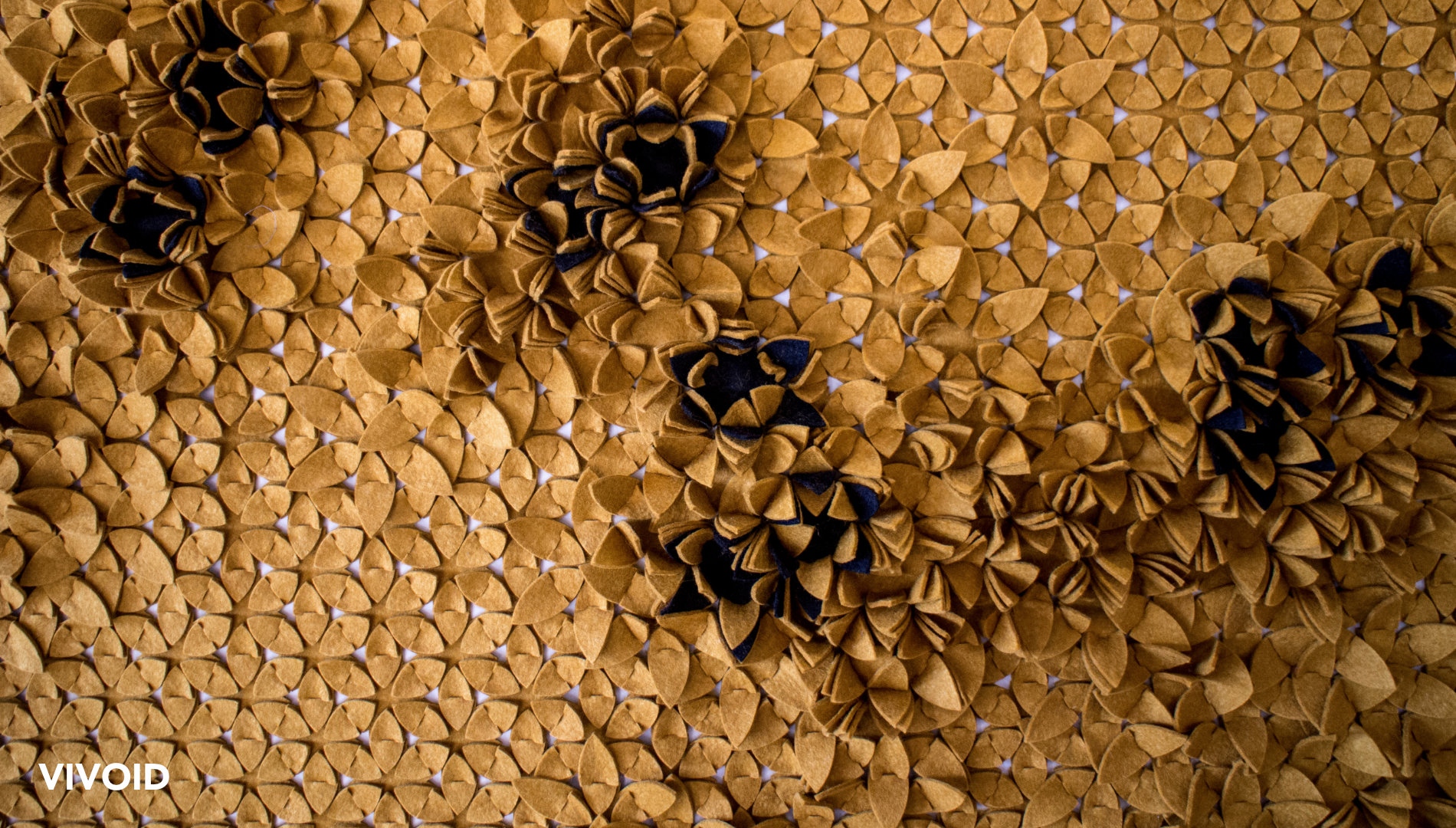
Krisztina Vándor (Vandor Studio) designs, develops and manufactures home textiles using traditional hand weaving and machine weaving as well as jacquard technique, according to today’s requirements and high quality criteria. Her latest collection of bed linen will also be presented at the event.
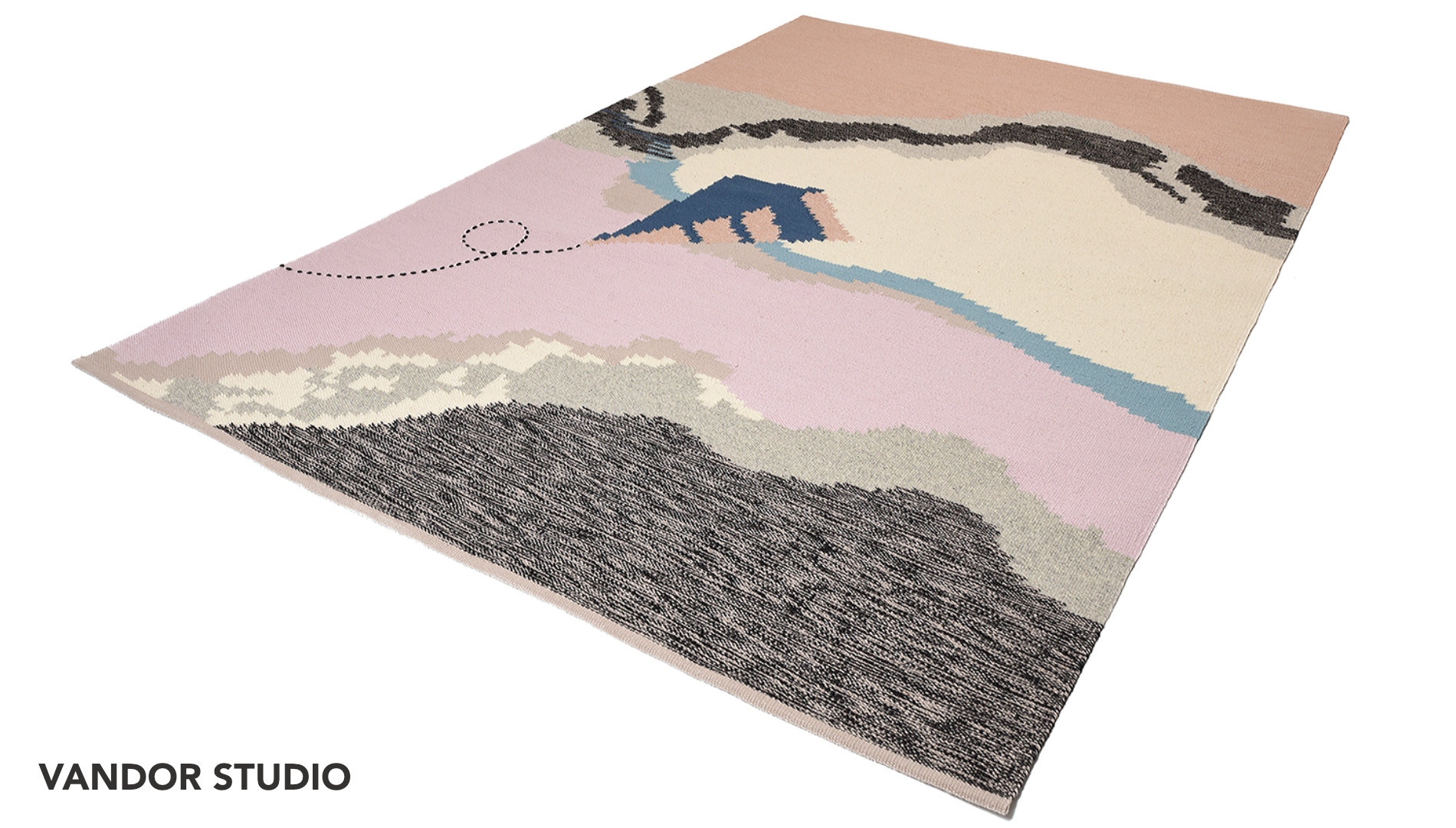
Bettina Módra is committed to sustainability and draws inspiration from nature. Her latest hand tufted and conductive fiber carpet is inspired by the silhouette of a branch and the rippling of water. She is also active in living biotextile projects and uses a special sensitivity to create wool carpets with macramé knitting.
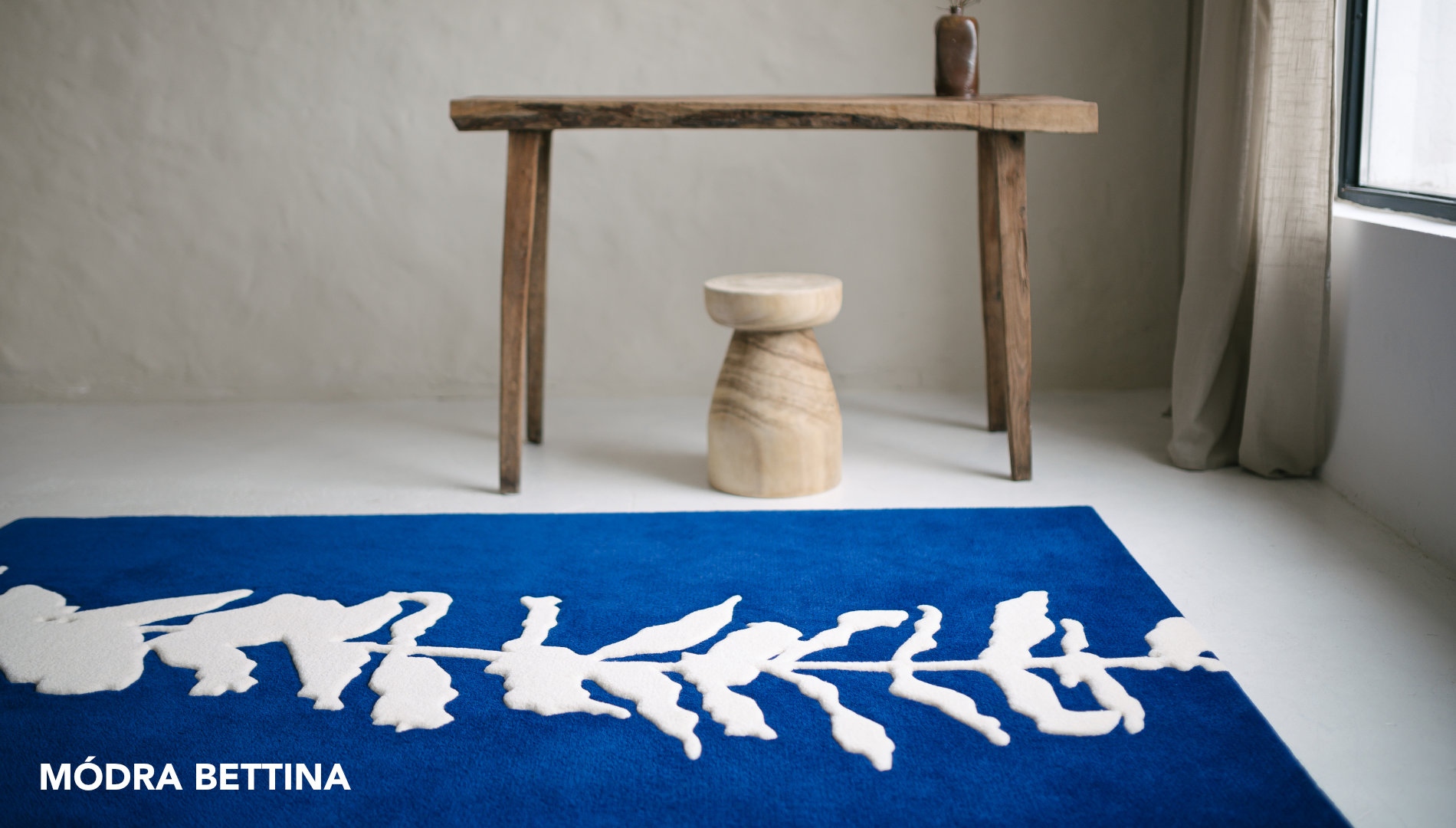
Lili Hanna Lőrincz got acquainted with the unique patterned felt carpet type within the SZETT - RUG ART LAB project. She fell in love with this technique and year after year she creates her unusual designs in the felt factory. Her cheerful and brightly coloured carpets have a truly original and unique feel. She bucks the monochrome trends in home decorating and encourages users and decorators to use color more boldly.
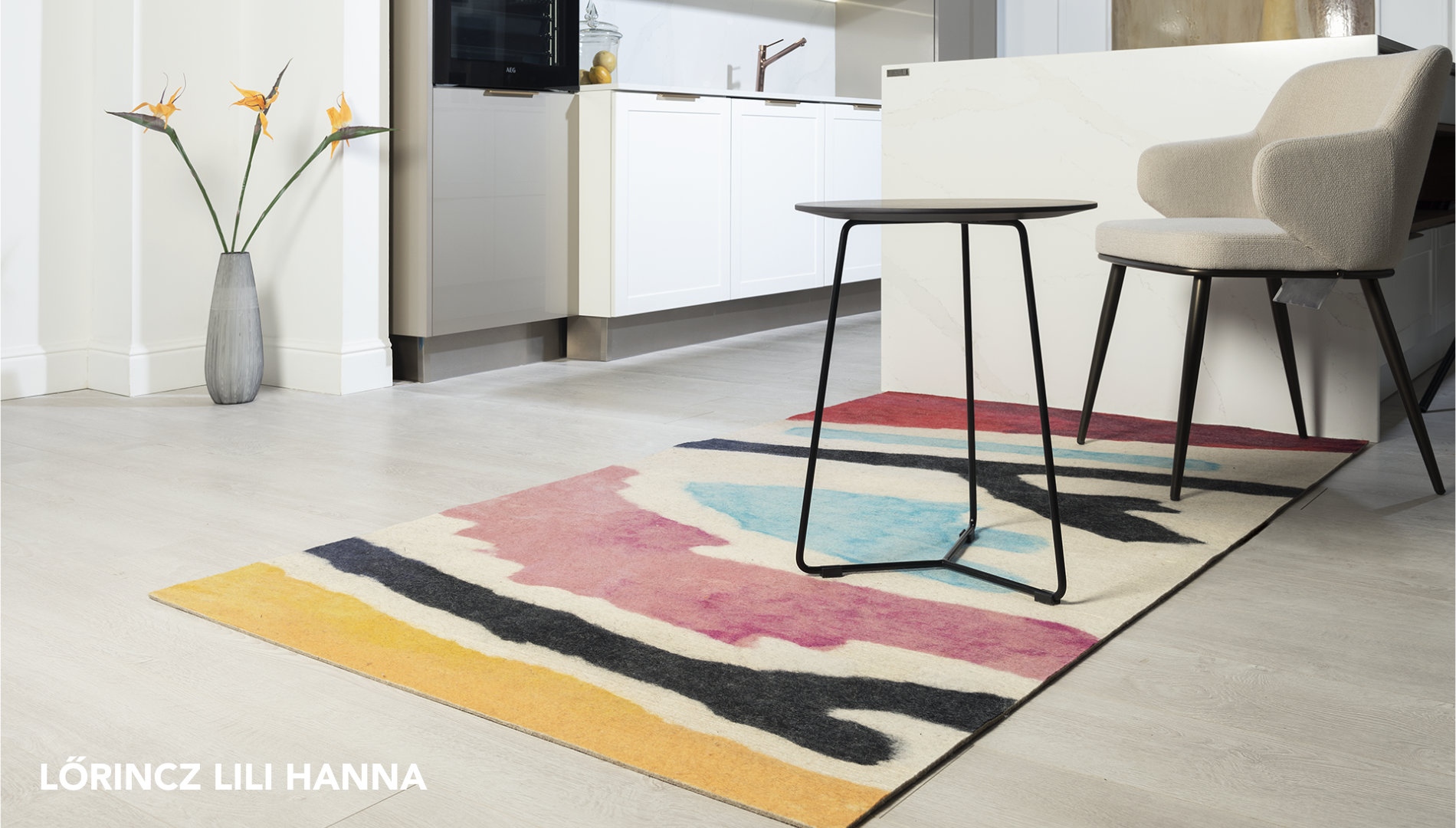
Anikó Szabó handweaves her kitchen textiles, but her carpets are made in professional factories. The inspiration for her latest carpet collection comes from her experiences hiking in nature.
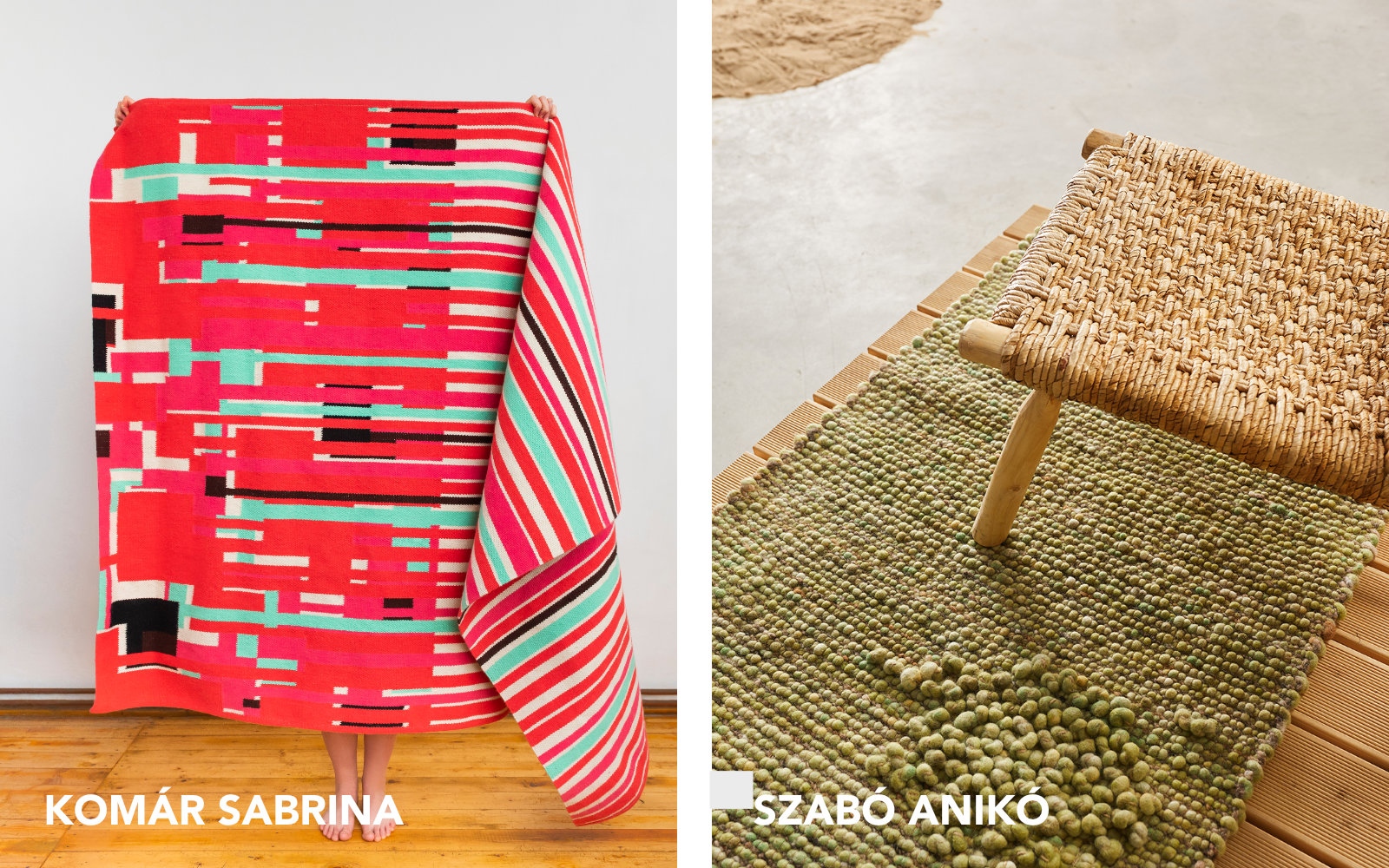
Sabrina Komár, one of the winning designers of our competition in honor of textile artist Éva Németh, has infused the beautiful scenery of the poppy field, and at the same time its intoxicating atmosphere, into the winning carpet collection of HYPNOPOMPIA. She has been a member of the SZETT team for almost a year now. Her award-winning carpet will be presented at the event.
With my own brand, LVG Textile Art and Design, I create custom-designed rugs, curtains, cushions and wall art. I also design carpets for special occasions such as weddings, births, significant anniversaries and to commemorate events.
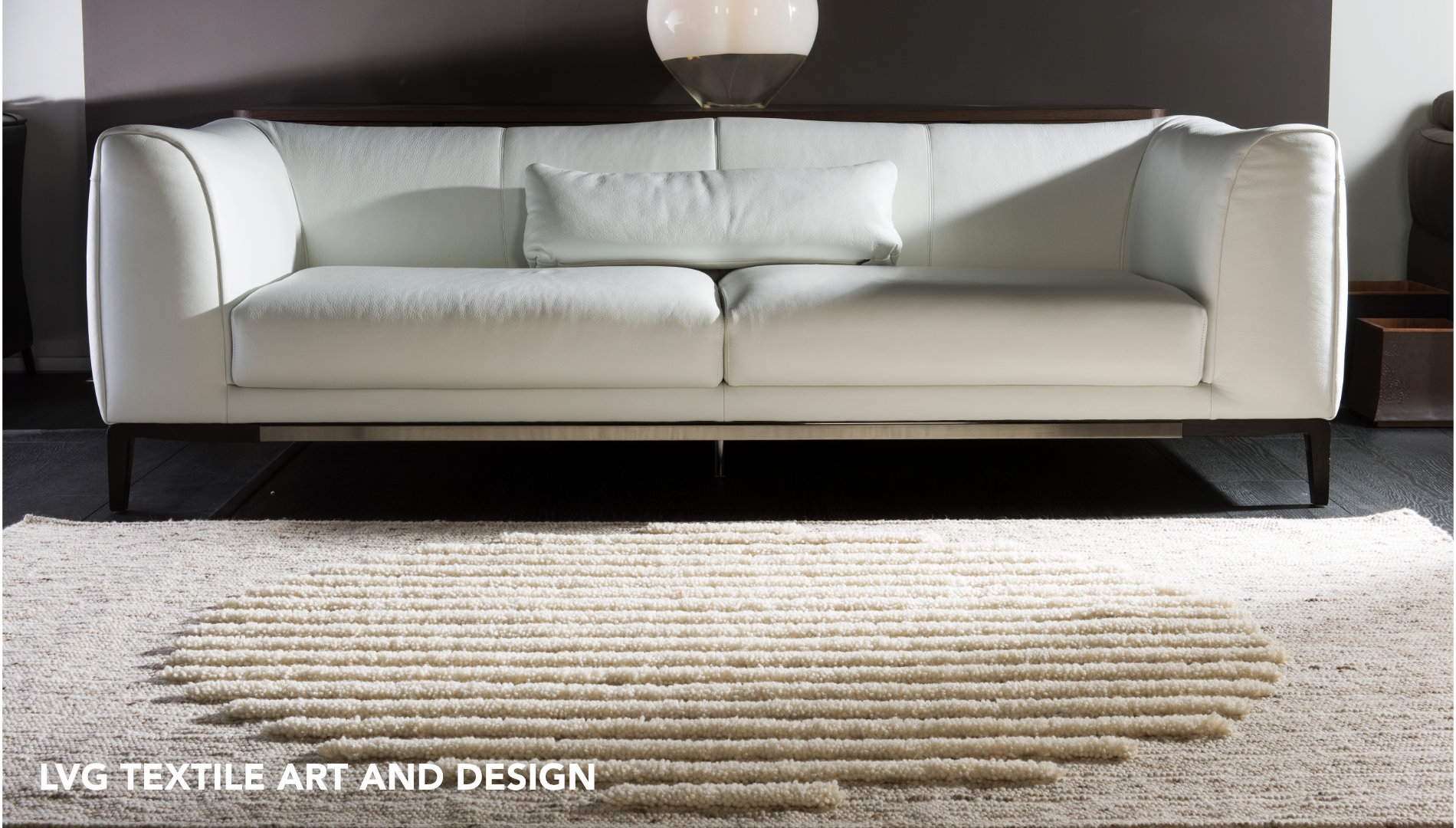
Where does your passion for carpet design come from?
I have been doing this since I was 10 years old. My family knitted and crocheted. I started weaving after seeing a Danish film - The Five Fingers of the Hand - which showed me how to weave on a book. I made my first weaving box from my dad’s bookshelf when I was 13. I was accepted to the Art College of Pécs, where my teacher was Ilona Fürtös. There we learned all kinds of weaving, then I continued my studies at the Hungarian College of Applied Arts, where I studied Carpet and Tapestry Design, then I moved to Helsinki. My name is probably best associated with the renewal of the knotted carpet, something I have been really interested in since high school. I called it skip knotting. In college I experimented with leaving the knotting threads quite long. In Finland I discovered that it was an existing technique called ryijy. I did an internship for a year and a half. In Helsinki I experimented with another technique, which I called contour looping. In retrospect, it was a novelty to the Finnish people, because at the age of 25, as a third-year college student, I got my first mural commissions of my life with this technique, from a private and a commercial operator. So I had two big mural orders behind me when I returned to Hungary.
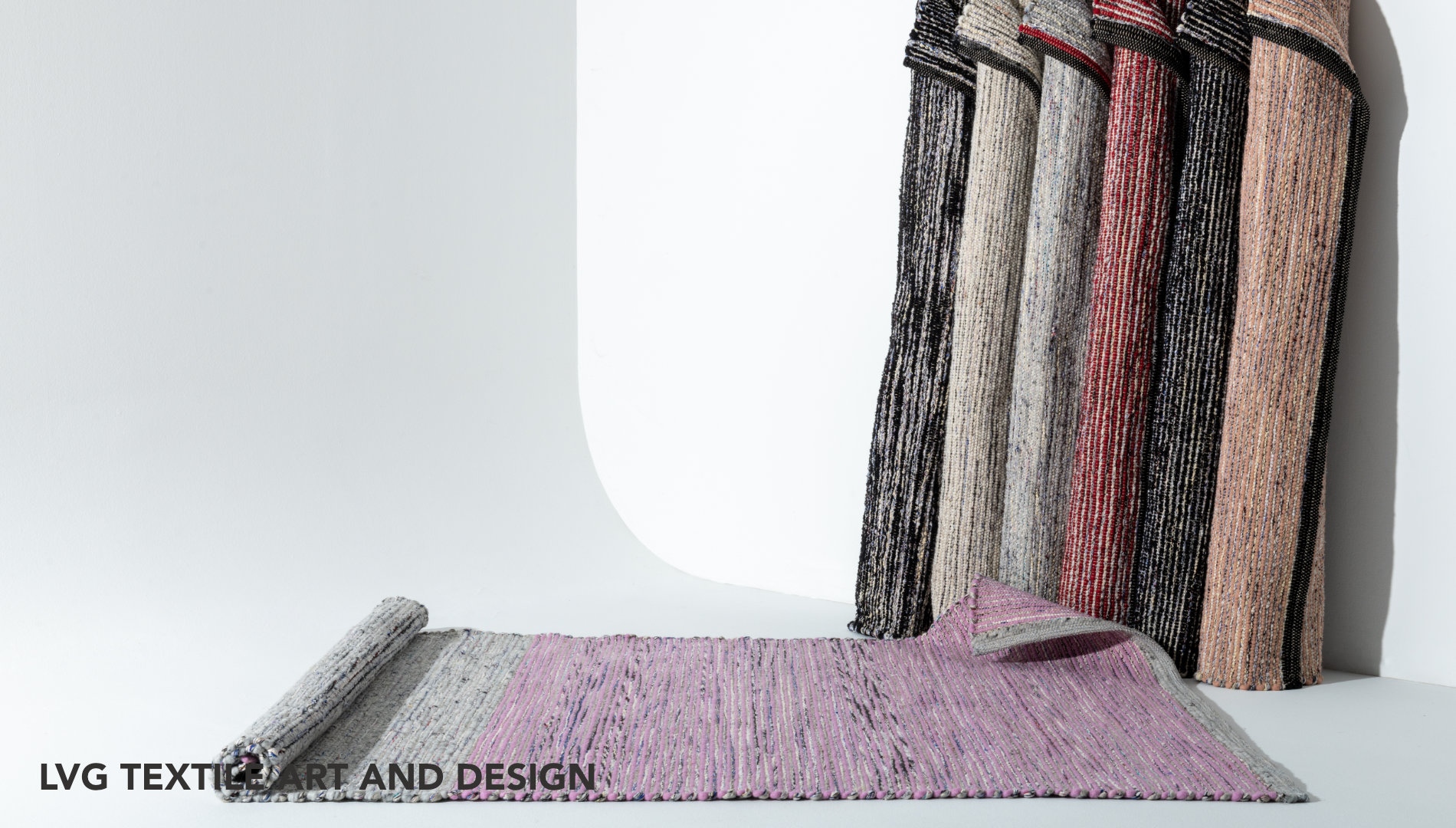
I worked at Graboplast carpet factory for a while, and then started my own business, focusing on wall hangings and carpets. I returned to university in 2008 to learn jacquard weaving, and have been designing jacquard fabrics ever since. I taught art education for 10 years, mentoring constantly. Textile design has been completely woven into the fabric of my everyday life.
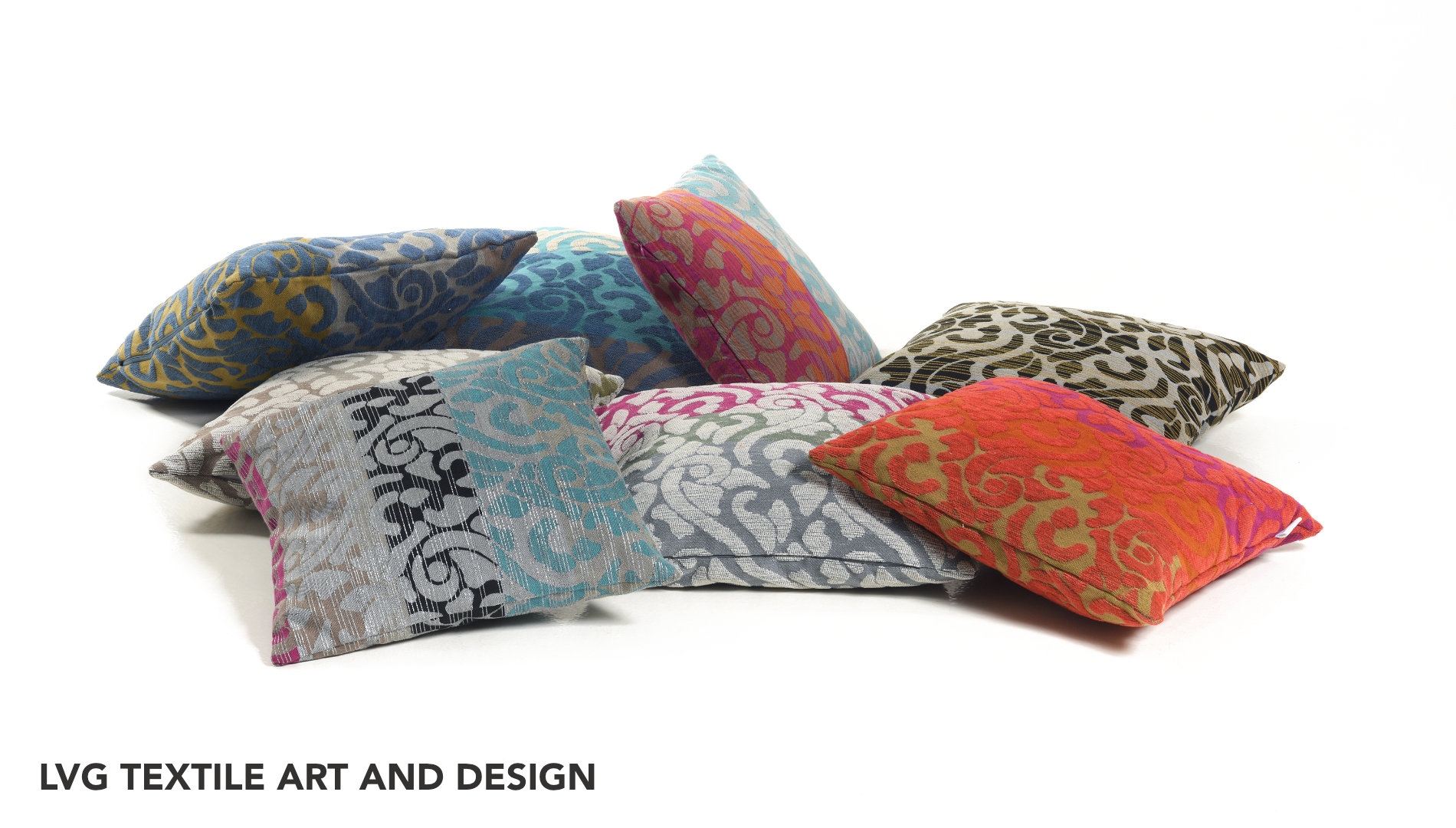
Where can we find you?
Our main goal is to help young people in the field of carpet design and textile-focused interior design, so we provide professional projects and exhibition opportunities for our designers. We have a showroom and studio in MaxCity, where you can see our designers’ work at any time in an open workshop.
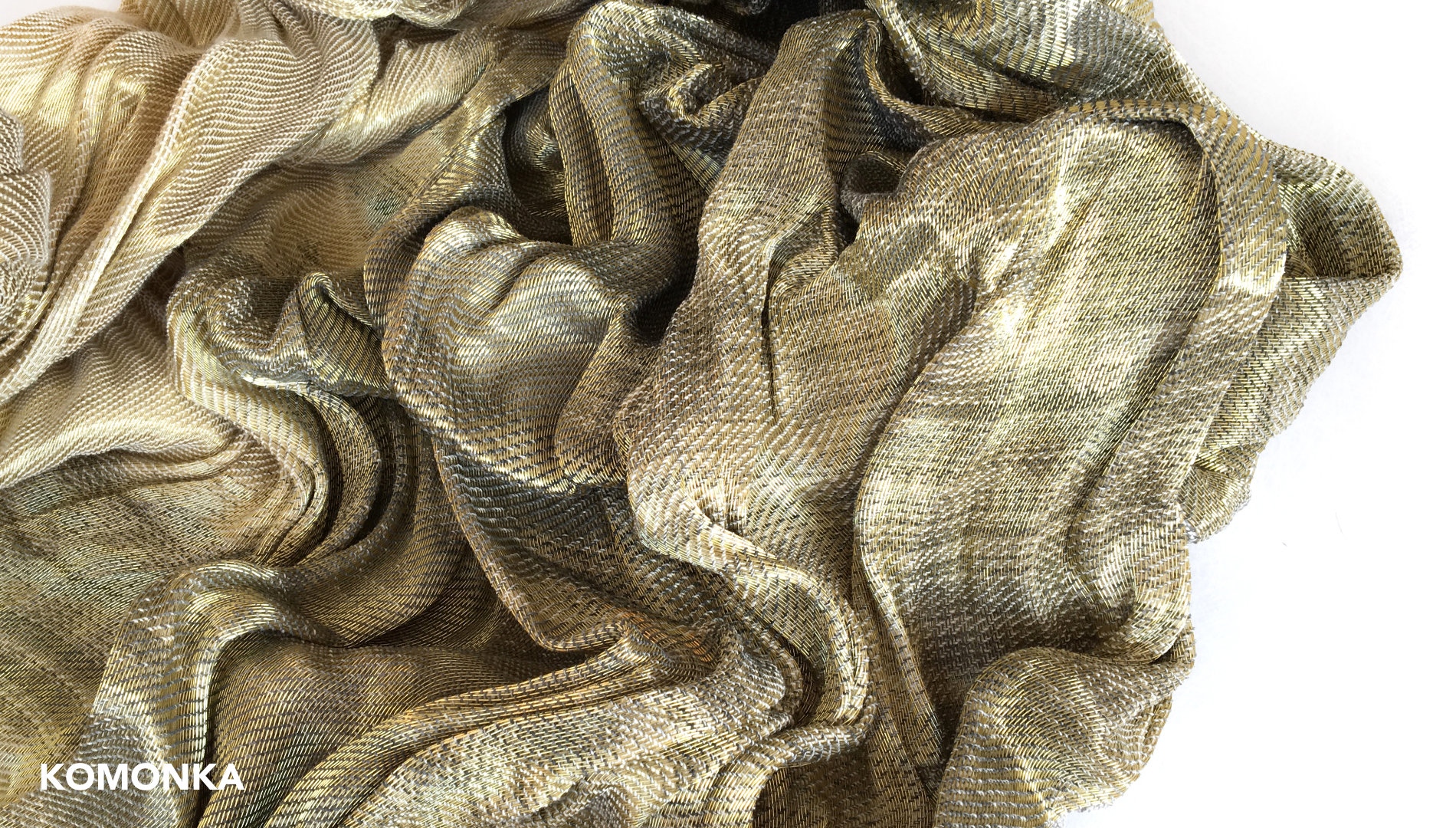
The fifth Rug Art Fest will also be held here, from 1 October for a month, welcoming all interested visitors! In addition to SZETT members, we usually invite external designers to the event, but this year we will celebrate our anniversary year and showcase the successes of the past 5 years, so this time only SZETT designers will be presented at Rug Art Fest. We are preparing for the event with exciting programmes, reports, catalogs and films. In addition to showcasing our achievements and successes to date, we also want to strengthen our co-designer collaborations.
We also encourage interior designers to use our knowledge!
To mark the anniversary, we have also compiled a publication about the designers and their work. This publication is an imprint of contemporary Hungarian carpet design. We want our growing team to see what they have achieved over the years. This is a great opportunity to show co-designers and end-users that it’s worth choosing Hungarian designers and Hungarian carpets, whether for home or project.

We are very grateful that S/ALON BUDAPEST has been with us from the very first moment. It’s inspiring to see that Hungarian design is taken to heart by so many.
Explore the forefront of Hungarian textile and carpet design at S/ALON BUDAPEST from 23-25 September at the Budapest Arena!
Cover image: KOMONKA MOMENT

